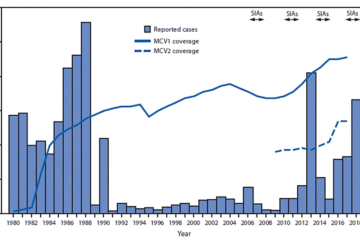Prioritising education in Pakistan | By Hisham Khan – Pakistan Observer

PAK 5 NEWS
Prioritising education in Pakistan
IT is true that Pakistan has come a long way since the days of the Millennium Development Goals (MDG) in terms of prioritizing primary education for the country’s children. It is also a fact that Pakistan was unable to meet its MDG targets within the allocated period of 15 years, i.e., from 2000 – 2015.
For me, at least, the above statements are not contradictory. They are merely a reflection of the fact that while Pakistan’s education indicators have certainly shown improvement over the last two decades, the pace of this progress has been slow.
This brings us to the present day and Agenda 2030 and its related Sustainable Development Goals (SDGs).
After the passage of almost six years since Pakistan ratified the SDGs, swift progress does not seem to be on the cards.
Once again, we are explicitly lagging in terms of meeting the few targets that we had set under SDG 4, i.e., equitable education for ourselves. Once again, we are likely to repeat the same story and leave the SDGs unmet.
To begin with, 22.8 million children between the ages of 5 and 16 are out-of-school in Pakistan and around 53% of the out-of-school children are girls.
To be fair, this figure is based on the estimates presented in the Annual Education Statistics report 2016-17 since the most recent report conveniently discarded the chapter on out-of-school children without any reasonable explanation.
This alarming situation continues to persist despite the presence of Article 25-A, which pledges free and compulsory quality education to every Pakistani child between the ages of 5 to 16 years.
Contrary to and in complete disregard of this constitutional promise, most regions within Pakistan have been unable to notify and begin implementation against Article 25-A despite the passage of 11 years since it was first made part of the Constitution.
Even in the provinces where it has been notified, quite clearly, 100 per cent access to education has not been achieved.
A recent white-paper “Public Investment in Education: Covid-19 and other emergencies in the Past” authored by Economist Asim Bashir Khan and published by Pakistan Youth Change Advocates (PYCA) clearly states that emergency or no emergency, cuts on education development expenditure are a routine practice and have little to do with the fall-out of emergency situations.
This clearly points at the fact that emergencies like earthquakes, floods and even Covid-19 cannot be blamed for Pakistan’s persistent lack of education funding. The real culprit would have to be an acute lack of political foresight and will.
Speaking about prioritizing girls’ education – since the majority of out-of-school children in Pakistan are girls – another white-paper “Public Investment in Education: An Appraisal of SDG 4 in Pakistan” also authored by Asim Bashir Khan and published PYCA and the Education Champion Network (ECN) highlights several glaring gaps that negate the high priority accorded to education on paper.
For instance, except for Khyber-Pakhtunkhwa, which has – partially if not entirely – adopted the practice of gender-responsive education budgeting, no other province or region in Pakistan has budgets disaggregated by gender.
The state of education in Pakistan requires an urgent overhaul and a lot needs to be done swiftly and effectively for things to take a turn for the better.
Putting into action an effective strategy to curtail drop-outs, making Pakistan’s education system shock resilient, incentivising education for the most marginalized children, especially girls, broadening of the tax net at the federal and provincial levels, adopting gender-responsive budgeting and conducting robust awareness drives to promote the value of girls’ education (including married girls of school-going age, young mothers, and girls living with disabilities) would be a few things to set Pakistan on the right track.
—The writer is a development practitioner and advocates universal secondary education in the country.











